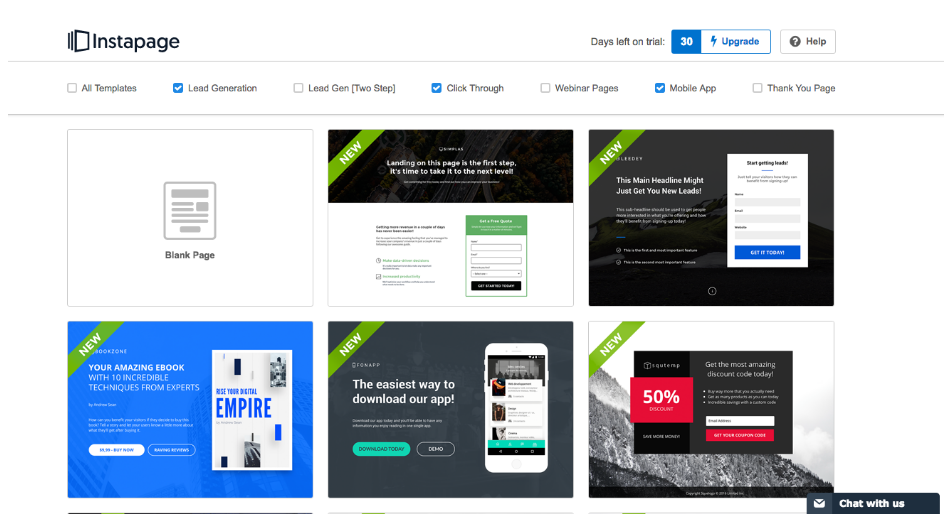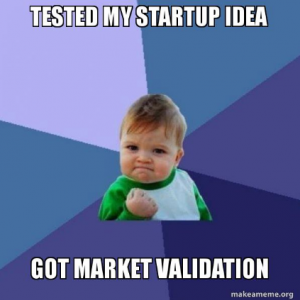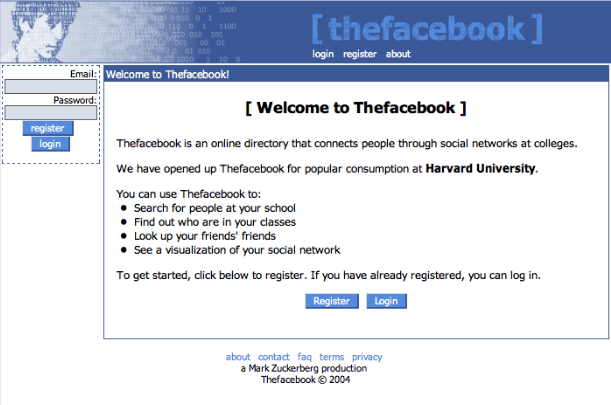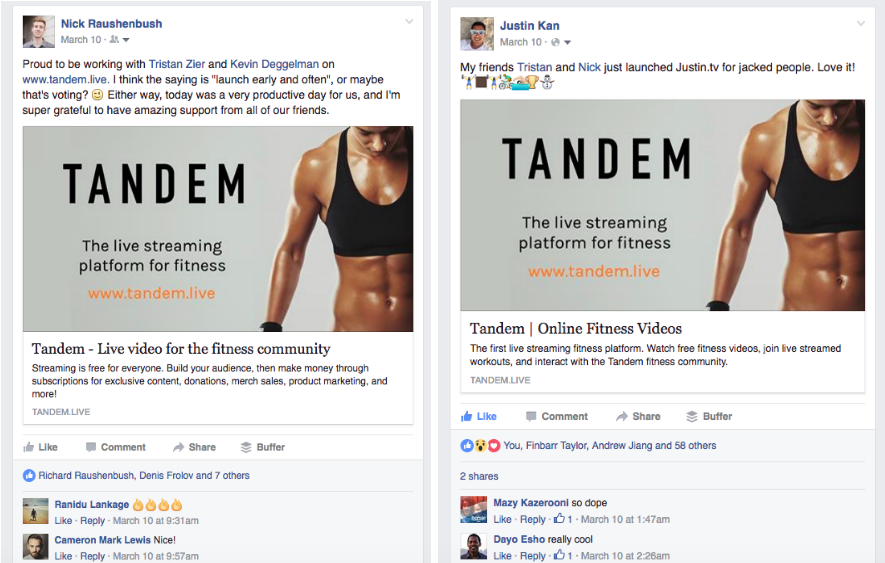How To Launch Your Startup: A guide for new entrepreneurs launching their MVP
You’ve tested your startup idea with solid research tactics from How To Validate Your Startup Idea. The results have come in, and data indicates a significant pain point with your target audience that your potential product could potentially solve. Awesome.
Now you need a product, and you need to launch that product as quickly as possible.
This probably sounds like a tall order. However, just as it was with market validation, you want to move fast and put in just enough work to answer the next big question:
Will people actually use my product?
Even though a bunch of people said they would in the interviews you conducted, a lot of people kind of unintentionally lie. You’ll need to see if they actually adopt the product (or at least try it) when you put it in front of them. Market validation does not mean that your idea will work in actuality. Knowing this, hedge your risk by building a Minimum Viable Product (MVP), and launch it right away.
Minimum Viable Product Development
It’s exciting to think about all the potential that your new product could have! Think of all the awesome features, and host of add ons, oh and the monetization component on your new social network. Okay, now dial it back…way, way, way back.
Eric Ries, who wrote the renowned book The Lean Startup, defined an MVP as "[the] version of a new product which allows a team to collect the maximum amount of validated learning about customers with the least effort."
So Minimum Viable Products are supposed to be exactly that: minimal. It’s good to start by determining the key feature that your users/customers need, and focus on that as your core feature for version one of your MVP. Keep in mind:
- Facebook started with simple profile creation and search.
- Twitch.tv started with one dude live streaming his life.
- Zappos started by taking pictures of shoes at stores and posting the pictures online.
Remember that the real purpose of an MVP is to help you learn something about your user’s behavior. If you have gone through the steps of market validation, some group of people or businesses have expressed significant interest; this MVP asks them to put their money (or email address) where their mouth is.
Visualize your MVP
So what does your MVP look like? Is it a web app? A mobile app? Sit down with your business partners and outline your goal for the MVP. Perhaps it looks something like a statement that answers an important question:
We want {our users} to visit {our app/site} and think “{some thought}” and as a result, do {some action}.
Based on your assumptions about their thoughts, design an MVP that will allow them to perform that desired action. Identify these actions as events: create a profile, click a download button, upload a video, make a purchase, fill out a form, etc. After your MVP is built, you’ll want to track those events with an analytics platform like Google Analytics, Mixpanel, or Amplitude.
Even with an MVP, design is important. I’m talking less about colors (but those can be important too), and more about the User Experience (UX) and the way the experience is communicated through the User Interface (UI). If the whole UX/UI thing is new to you, I highly recommend reading this book in an afternoon: Don't Make Me Think: A Common Sense Approach to Web Usability.
Mock up your site or app using Sketch (best design tool ever) or Balsamiq (good for simple wireframing, but not designing), and make sure that the site or app architecture and user flow works and feels intuitive. For the MVP, the number of pages should be kept to a minimum.
**MSP: Minimum Sexy Product. Because the startup market has matured significantly in the past decade, consumers have become pickier about what early tech they are willing to adopt. There is a school of thought that places a higher emphasis on design for MVPs, re-labeling as Minimum Sexy Products. My advice here would be to know your audience. If you are working on a social mobile app, sex appeal might have more sway than with a B2B SaaS product.
Build your MVP
When building your app or site, develop your core feature first, and build the basics (i.e. sign up, login, profile, etc.) last. Unless your idea is 100% mobile or mobile reliant, consider building the webapp first; it’s often easier to iterate on a webapp than a mobile app.
For ideas that require a mobile app, determine percentage of your user base that is Android vs. iOS ( you can ask this question in the market validation survey). Keep in mind that Android is easier to iterate on, as Apple has a stricter approval process for the app store.
Ultimately, MVP’s should be functional, but the goal is not quality, it’s functionality. You and your team should broadly QA test for bugs before launch, but expect your first users to find your smaller (and even mid sized) bugs for you.
MVP without a CTO or Designer
Good engineers and designers are often in short supply. If you aren’t technical or product oriented, and don’t have a technical or designer business partner, don’t feel like you’re stuck. There are many ways for you to build or test an MVP without custom building all of the technical components or creating a seamless UX and sleek UI.
Oftentimes a simple website is a decent MVP to start gauging interest, tracking user behavior, and getting signups. You can use these WYSIWYG (What You See Is What You Get) website builders to create a mobile responsive site that can handle forms, eCommerce, and other dynamic functions: Instapage, Squarespace, Launchrock.

If your idea really requires the dynamic functionality of a web app or mobile app from the very start (and really really ask yourself if there isn’t an easier way), and you don’t have an engineer to help you build it, there are outsourced dev companies such as Gigster and Propeller Labs, but this will be considerable out of pocket costs.
Reid Hoffman, founder of LinkedIn, once said: “If you are not embarrassed by the first version of your product, you’ve launched too late.”
Take this mentality to heart. Don’t stress about killing all your bugs, or getting your logo just right. Once you have that main feature functional, ship your product and start getting that valuable user data.
Launch
The “big day” is here, but honestly you will run through this day just like every other day working on your startup. It’s a day to feel a slight sense of accomplishment, but because you are moving so fast, there is nothing make or break about this day; only data, and a greater understanding of your users.
With this attitude in mind, your initial launch should be exhaustive within your means and your creativity, but relatively simple. Here are a few channels to consider for announcing the news and gaining those incredibly valuable initial users:
Facebook- Simple enough. Share your site or app in a Facebook post. Tag your collaborators in your post, and any friends that might be interested in your comments section (only if you think they won’t mind). Hopefully your post will get a few shares by friends and spread through your social network, reaching several thousand people.
Facebook Ads- Now that you have a product, it’s safe to re-engage on those “dummy” Facebook ads that you initially ran. Check your ad data from the initial run, make any audience targeting and messaging changes, and set your campaign schedule to run for several more days with another couple hundred bucks.
ProductHunt- if you’re not familiar with this site, ProductHunt is a community run discovery platform for new apps, software, and hardware, amongst other things. The great thing about Product Hunt is that you can often get great feedback from techies tearing apart, or advocating for, your product.

However, ProductHunt can be quite selective about what they approve for posting, and what gets on their homepage. If you know someone who has preferred status for posting on ProductHunt, make an effort to have them post. If not, build up your status on ProductHunt by voting on products and “hunting” other products.
Influencers/Bloggers- Going back to the influencers and bloggers that you reached out to for market validation, hopefully one or two of them are interested in your product, and would like to share it with their audience. Make their job earlier by composing some messaging in Instagram post or Tweet format, or write an exclusive blog post, so they have content ready to go.
Community- if there is an online community that might be interested in your product, think of a post that introduces your product in a way that would add value to the community. Examples of communities include Reddit forums, Facebook groups, Linkedin groups, or specific websites (i.e. Bodybuilding.com forums).
Keep in mind that promoting products in communities is often frowned upon or against the rules, so you may get kicked out!
Press- If you can get press, great. If not, don’t worry. Editors can be very picky about what they cover, and the launch of your MVP may not be at the top of their list. Even so, it wouldn’t hurt to check out tech publications like TechCrunch, Mashable, and VentureBeat, and identify the writers who cover your space. If you supply them with a press kit, you make their job easier, and if they are short on content that week, they might write up your company.
Email Outreach- For B2B startups, now that you have an MVP, it’s time to start scheduling calls and setting up demos, so turning back on your email campaigns with a link to an actual product is a good first step. Follow up with any of the companies from your market validation email campaigns.
Keep the messaging the same; your goal is to schedule the call to just learn more about their company, their role, and their needs. Although cold email may not be the best channel for client acquisition in the long term, I find it to be very necessary in the early days.
Prepare for the Next Stage
Congratulations! You have launched a startup, and honestly, that’s something that many entrepreneurs never achieve.
A startup is differentiated from a small business by its potential for growth. Now that you have a product launched, it’s time to focus on growth by acquiring users for your product. More users means more data, and you will need to use their feedback and behavioural data to shape your product.
My next post will focus on how to Acquire Users in the early days of a startup.
ลงทะเบียนเข้าสู่ระบบ เพื่ออ่านบทความฟรีไม่จำกัด









